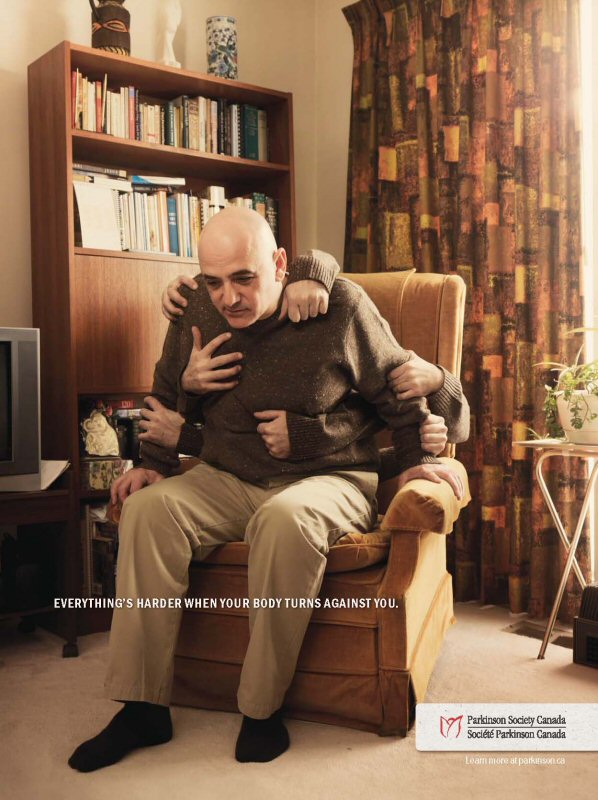
More often than we’d like to think, and often when we least expect it, people we know end up getting fired, going into bankruptcy, having accidents, getting indicted, and experiencing the death of a loved one. If it happens to someone you know well, you need to recognize the difficulty and offer your sympathy and—if appropriate—your help. It is less than useless to act as if nothing has happened. Don’t wait for the other person to find an appropriate time to tell you about the misfortune and don’t let the subject become the proverbial elephant in the living room that you both try to ignore.
Instead, be direct. For instance, you might say, “I heard about the fire at your house last week. I’m so glad that you’re all right,” or say, “I was so sorry to hear about Jim’s sentencing hearing. It must be difficult for you.”
If you attend a funeral, express your condolences as directly and simply as possible. You could say, “I’m very sorry about your loss,” or simply say, “I’m so sorry.” On the other hand, you may want to remind the bereaved of some characteristic of the deceased by saying something like “Our office won’t seem the same without Bridget’s daily baseball team updates” or “I’ll miss seeing all her crazy T-shirts.” When someone begins to tell you bad news, be quiet and listen. Your concern will be mirrored in your attentiveness. You can nod and say, “Uh, huh,” until you feel it’s appropriate to add something like “This must be draining for you. I’m so sorry.” Don’t think for a moment that it is helpful or encouraging to compare what your friend is suffering to another situation you’ve heard about or experienced—or to recount an even worse challenge or injury as a way to tell your friend that “it could be worse.” That kind of one-upmanship only makes people feel even more upset. And you can see why. Just imagine that you’re complaining to someone about your severe headache and, instead of sympathizing, she replies, “You haven’t had a headache until you’ve had one of my migraines.”
Nor should you choose this time to express opinions about proper behavior or judgments about people’s character (for example, “Well, if your husband hadn’t cheated on his taxes, he wouldn’t be facing prison, would he?”). And don’t offer unsolicited advice.
Above all, don’t use the opportunity to pry into the other person’s life. At a time like this, you two may reach a level of intimacy unprecedented in your relationship. A casual acquaintance might for a few minutes become uncharacteristically open and candid with you—and might regret it later on. Try to stay within the boundaries that previously characterized your relationship while remaining sympathetic and attentive.



 When delivering criticism, keep these points in mind:
When delivering criticism, keep these points in mind:















 Here are some other tips:
Here are some other tips:










 Many hosts these days prefer the informality of buffet dining, and for good reasons.
Many hosts these days prefer the informality of buffet dining, and for good reasons.
